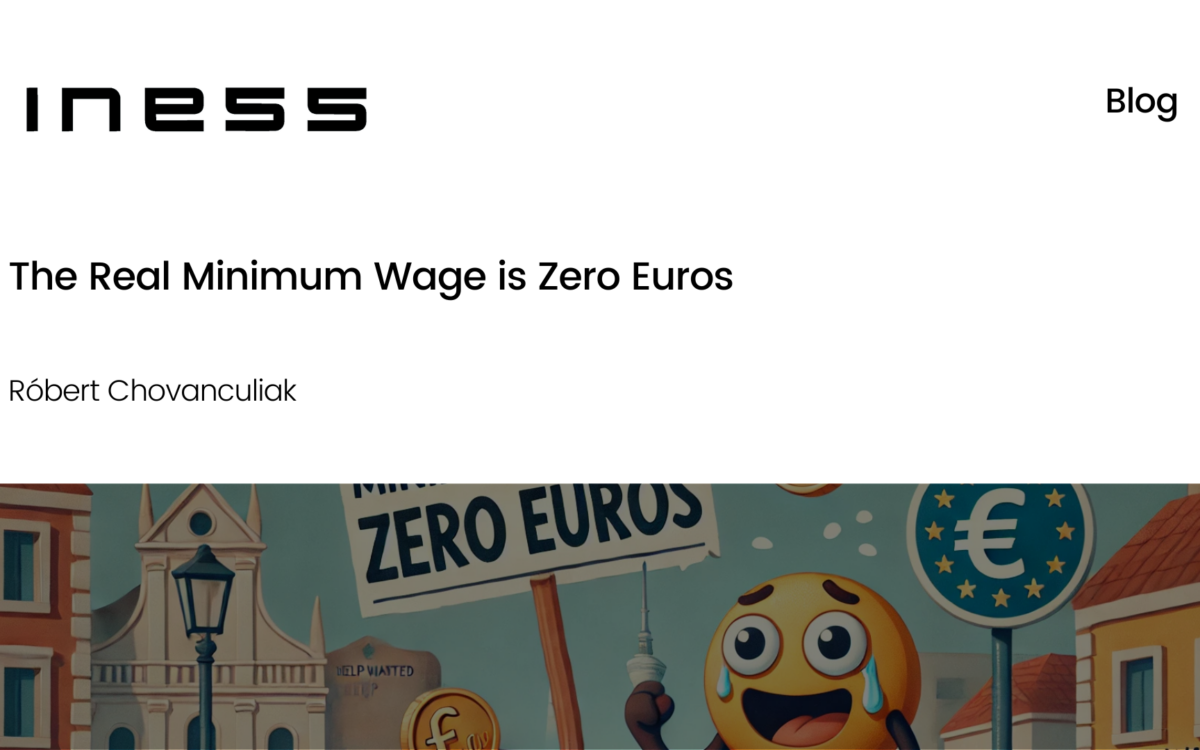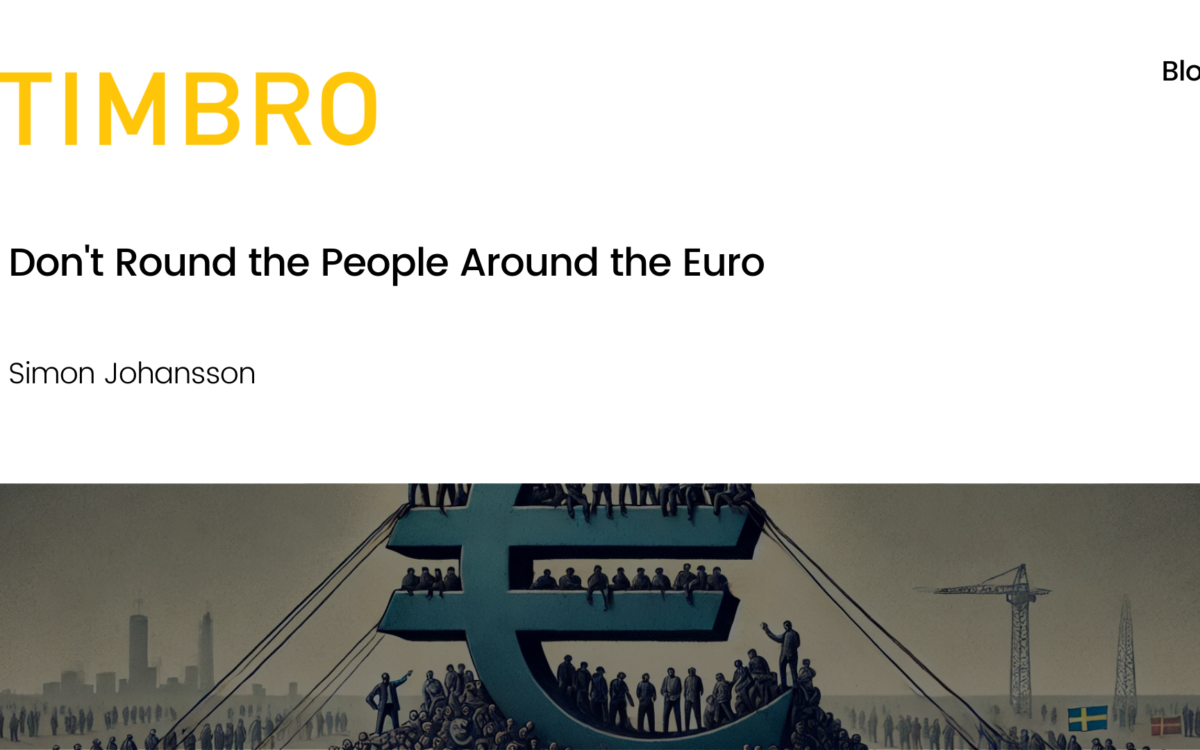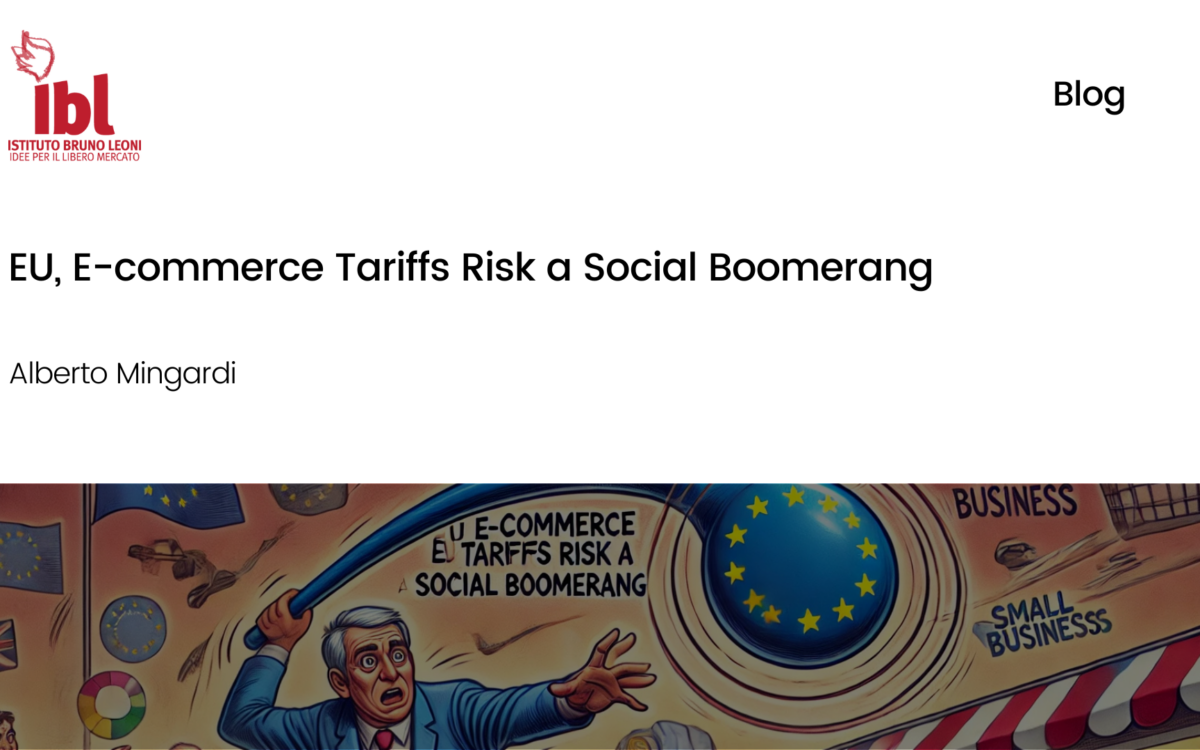COVID-19: Who to Blame?

COVID-19: Who to Blame?
Louis Kill-Brown // 30 April 2020
Much of the WHO rhetoric on COVID-19 has treated the pandemic as an unavoidable, natural disaster devoid of blame – this is absolutely not the case. The evidence overwhelmingly suggests there are two principal actors at fault, although admittedly to different extents: where the Chinese government is culpable, the WHO is complicit.
Whilst the WHO’s mandate might give it the impression of being apolitical, internal politics is at the heart of its consistent failures to respond to the COVID-19 outbreak in a timely fashion. The organisation’s handling of the virus has been defined by delayed responses and hugely consequential errors: first public health emergency and then pandemic status were declared too late, Taiwanese evidence of human-to-human transmissibility was initially ignored and travel bans on China discouraged, to name but a few such mistakes.
Given the 2017 election of the former health minister of Ethiopia, Dr Tedros Adhanom Ghebreyesus as Director-General – an election in which China played a significant hand – the geopolitics of Chinese influence both in Africa and over senior WHO officials can be said to be factors in the decision-making of the WHO’s leadership. This has manifested itself in a sustained effort by the WHO to avoid “blaming the Chinese”.
After a stubbornly delayed declaration of a public health emergency in January, the WHO took great pains to offer China out-of-place praise for the “transparency” and efficacy of its response to the outbreak. “Transparent” can hardly be said to be an accurate description of a response that involved government suppression of papers sequencing the novel coronavirus’ genome, not to mention the silencing of whistle-blowing medical staff and the deportation of investigating journalists by officials in the Wuhan region.
Such blatantly misplaced praise, and criticism, has been a consistent trend. Whilst the organisation slammed the Trump administration’s travel ban, it has praised the speed of China’s response, despite research showing that, had the Chinese government taken action three weeks sooner, global infection rates could have been reduced by 95%.
China’s prioritisation of image over global public health and the WHO’s complicity in this goal have worked in tandem to hamstring the world’s response through delays and misinformation. Both share responsibility for global a death toll their actions could otherwise have dramatically reduced.
The summary above is based on the IEA’s webinar with Patrick Basham, Director Democracy Institute in Washington DC. The full webinar can be accessed here.
EPICENTER publications and contributions from our member think tanks are designed to promote the discussion of economic issues and the role of markets in solving economic and social problems. As with all EPICENTER publications, the views expressed here are those of the author and not EPICENTER or its member think tanks (which have no corporate view).



